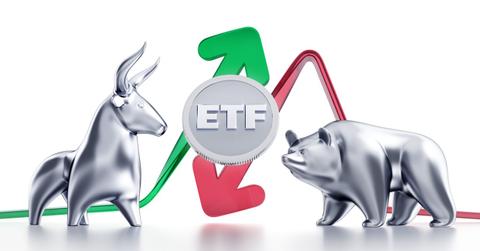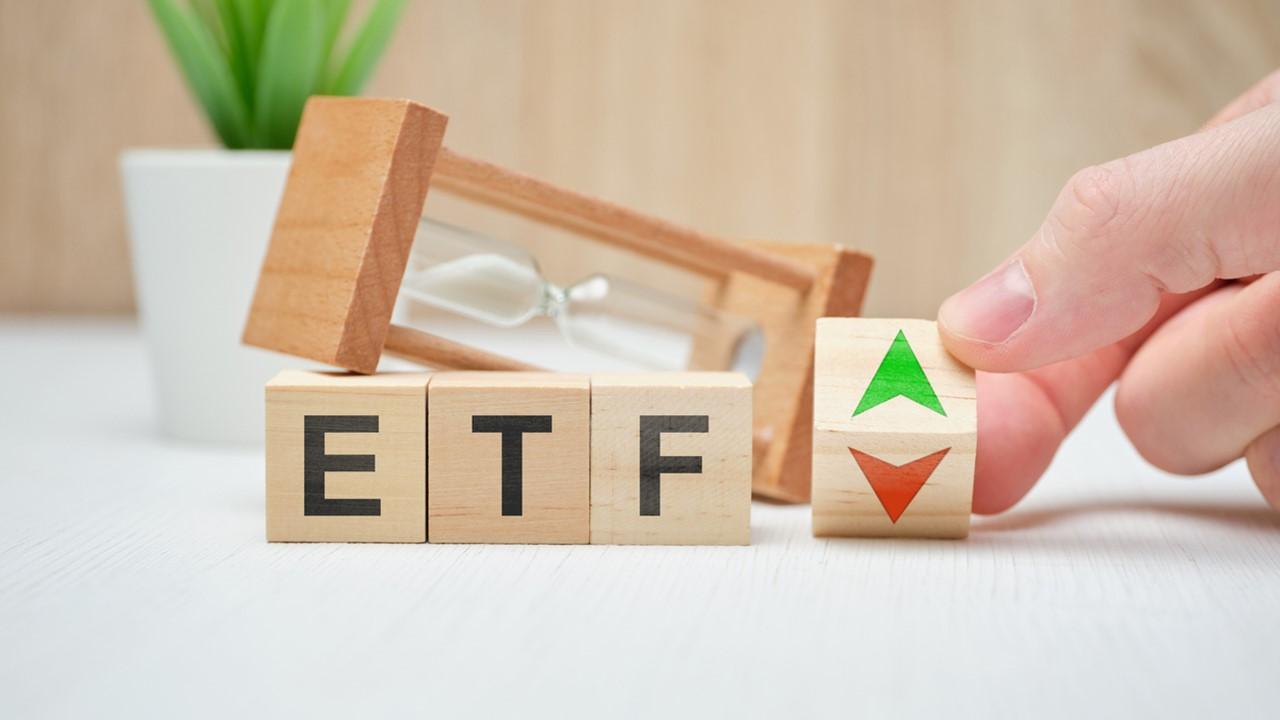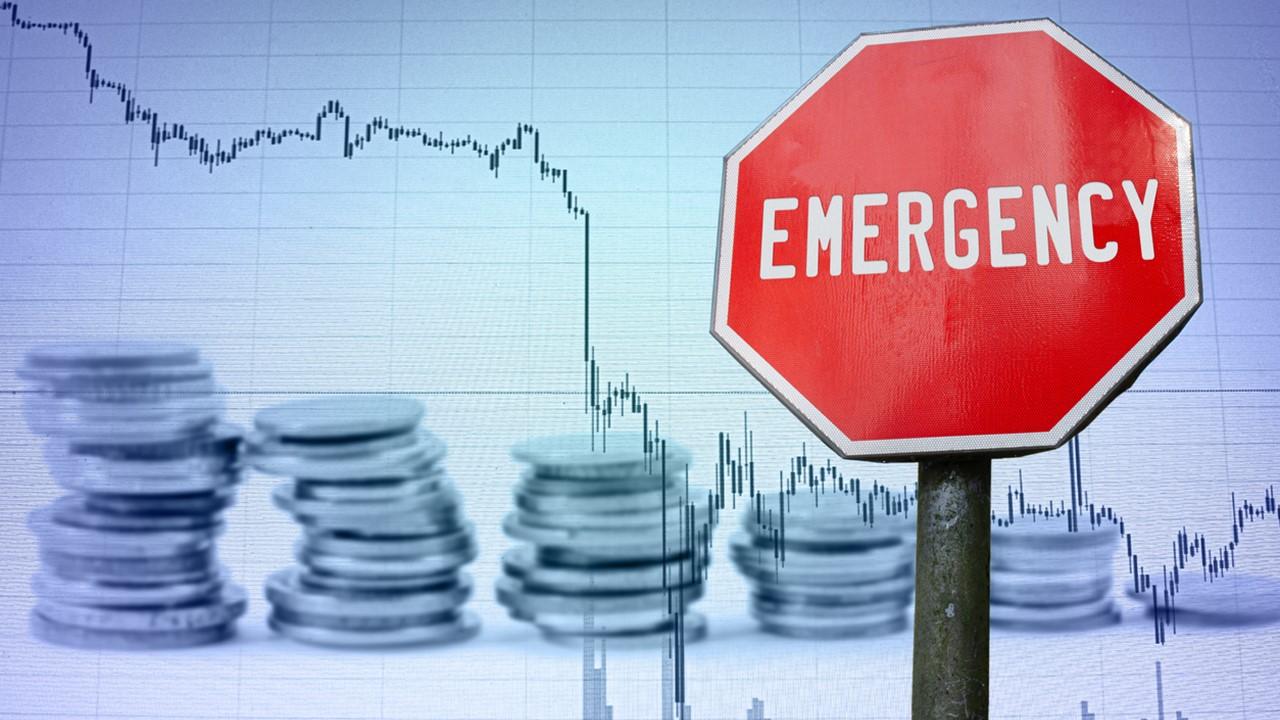How Do Buffered ETFs Work?
Buffered ETFs are becoming more popular. They appeal to conservative investors during market volatility.
Aug. 27 2020, Updated 9:34 a.m. ET

Buffered ETFs are becoming popular among investors that may not want to sit on the fence during market volatility but still want to hedge against potential losses. Buffered ETFs are also called defined outcome ETFs. These types of funds can be a great fit for nervous investors trying to navigate volatile markets.
What are buffered ETFs?
Buffered ETFs come with built-in protection against losses. At the same time, they offer capped potential gains. Think about forgoing some potential upside in an investment in exchange for protection against the potential downside. There's a trade-off in buffered ETF investing.
Innovator Capital Management invented buffered ETFs in 2018. Since then, many providers have joined the wave. There are multiple options for individuals interested in buffered funds investing.
Since buffered ETFs are a new concept, potential investors still have many questions about how they work. Other investors may just want to understand how buffered ETFs compare with other new investment products.
How buffered ETFs work
Buffered ETFs provide investors with shelter from losses and give them room to reap the benefits. These funds use options contracts to track broad market indexes like the S&P 500, Nasdaq 100, and Russell 2000. They track the targeted index for a year, which is called the outcome period.

Buffered or defined outcome funds work by setting parameters for losses and gains in advance, which come in different scales for investors to choose depending on their risk appetite. The parameters are reset after every investment cycle or outcome period of one year.
For example, you could find a buffered ETF that protects your investment against losses up to 10 percent but caps your potential gain at 14 percent during a one-year period. Another fund could protect you against losses up to 15 percent but limits your potential returns at 10 percent.
You could find a buffered fund that protects against potential losses up to 30 percent but limits potential returns at 8.0 percent. However, different fund providers will have different loss protection and return limits. The scales may be adjusted depending on the market conditions.

With buffered funds, if the market suffers a downside within the loss protection you purchased, then the fund provider would absorb that loss on your behalf. For example, you may have purchased a fund that offers a 30 percent buffer but caps potential returns at 8.0 percent. In that case, if the S&P 500 tumbles 29 percent, you won’t lose money. If the index falls 33 percent, then your loss would be 3.0 percent.
Sticking with the above example, if the S&P 500 rises 15 percent, you would forgo 7.0 percent of the gains because your returns are capped at 8.0 percent.
Buffered fund providers can launch them monthly or quarterly. The funds reset at the end of the outcome period, which is usually one year. The major trade-off in investing in buffered ETFs is forgoing any returns above the cap you accept when you purchase the fund. Buffered ETF investors also give up dividends. The funds don’t purchase stocks. Buffered ETFs only track an index’s price.
As with mutual funds, buffered ETFs could make a lot of sense for conservative investors during market turmoil. However, buffered or defined outcome ETFs often carry higher fees than regular ETFs.
Buffered ETFs versus buffered MLTs
Buffered ETFs and buffered market-linked trusts (MLTs) give investors the opportunity to reap benefits from a rising market while minimizing their losses in downturns. Buffered ETFs and buffered MLTs are new investment products.
However, buffered ETFs and buffered MLTs don’t work exactly the same. For example, buffered ETFs are only reset after an outcome period but you can continue holding ETF shares indefinitely. MLTs have a fixed maturity period, which can be one year, two years, and so on.
Another difference is that in buffered ETFs, the loss protection is stated as a percentage of the net asset value at the start of the outcome period. In buffered MLTs, the loss protection is stated as a dollar amount.
